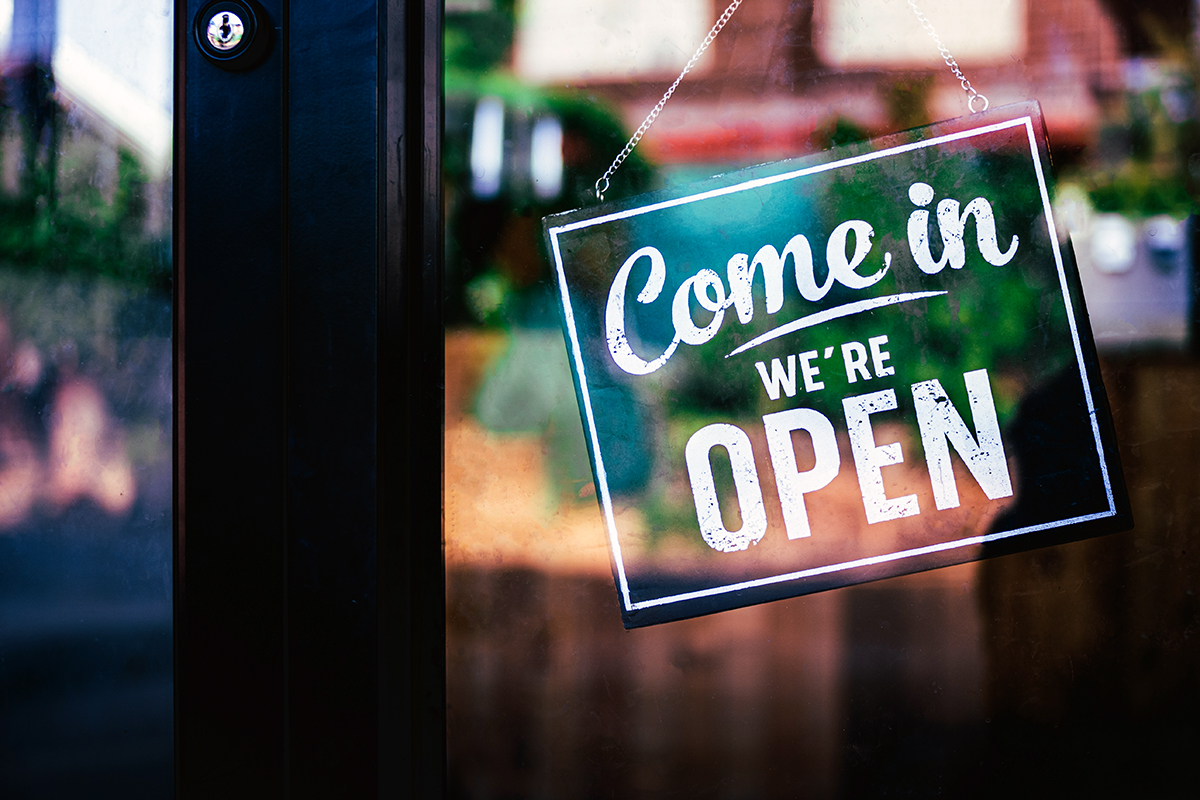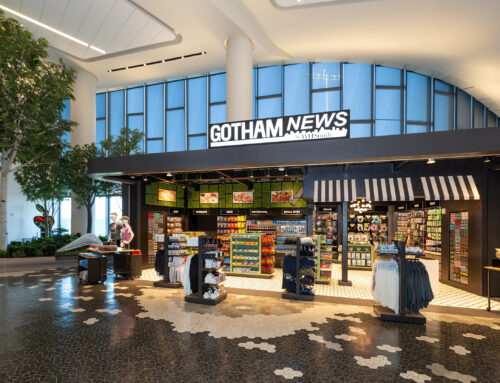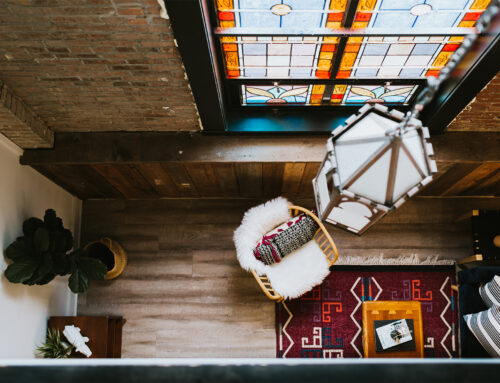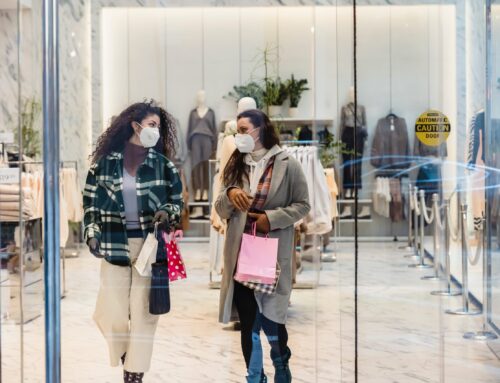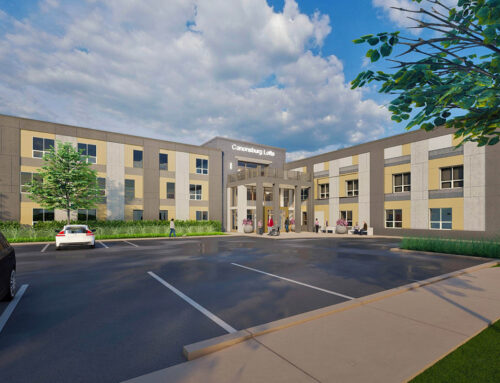The Future of Brick and Mortar Retail
In the world today, we’re all wondering: as we return to malls, shopping centers, and plazas, how will our shopping experience change? Retail is such a large part of our culture, but how will Retailers maintain the customer experience we are accustomed to while also enforcing new strategies needed for public safety and social distancing?
Throughout the country, as states reopen, our retail stores are developing new operating procedures. These strategies differ based on geographic location, local requirements, healthcare experts’ recommendations, customer expectations, and the new morays of the retail marketplace.
The re-envisioning and rethinking of brick and mortar will be important. The physical retail experience provides something unique that online shopping cannot. This claim can be supported by the many examples of retail brands that began on purely digital platforms, but eventually developed brick and mortar locations to give their consumers the best of both worlds. With the pandemic challenge we are facing today, I expect that we will see not only a step up in sanitation but more merging of Retailers’ online and in-store shopping experiences.
Psychology of Consumer Behavior
Retail has always been an ever evolving and highly adaptable business. Retailers are constantly seeking new ways to engage with their customers and attract them to their stores. This fluid business culture gives the retail world somewhat of an advantage as they develop new experiences for their customers so that people feel safe as they resume shopping in a post-quarantine world. There is a wide range of comfort levels for sharing public spaces today. The key is to make everyone feel comfortable from when they are at the door to the time they leave.
Some of these measures will likely include sales associates wearing face masks, new staff policies for hand and surface sanitizing before and after contact with customers, and a more rigorous cleaning policy for the stores. Things such as hand sanitizer dispensers, branding floor decals to reinforce social distancing requirements, and sneeze guards will likely be commonplace. As architects and designers, we will likely incorporate some of these new requirements and practices into the design of renovations of existing stores and the design and construction of new ones.
Fewer “Touch Points”
Traditionally, the in-store retail experience has been tactile: it’s about touch and discovery.
For the time being, customers can expect to see a shift away from this. Retailers will identify high touchpoint areas of the store and establish alternatives to discourage these practices. These changes will include both the handling of merchandise and areas of human contact.
Two of the most significant touchpoints in retail stores are Point of Sale (POS) stations and – for clothing retailers – fitting rooms. Expect these areas to be re-imagined, ensuring that they are kept clean and safe. Retailers will strive to find a balance between establishing new public safety requirements and reducing touchpoints while maintaining that retail customer experience that many are craving after months of sheltering in place.
Retailers have adopted policies of cleaning fitting areas after each customer use; similarly, tried-on clothing is being held and sanitized for some time before its re-shelved. With these procedures in mind, we may need to rethink the future of fitting room design.
In recent years, the concept of the cashwrap has evolved in both size and use. Many retailers still traditionally use the cashwrap as their point of sales; others have moved away from the cashwrap completely using digital checkouts or other new strategies in its place. With this area being a major touchpoint of a store, we could see a more significant shift from the cashwrap business model. A variety of mobile POS devices have gained popularity recently, including tablets, phone apps, or other scanning devices. Contactless payment is already here, and retailers could make a major shift toward this mobile payment method. If the cashwrap becomes obsolete, we’ll likely see new and innovative ways of wrapping and bagging merchandise. Each change will offer new opportunities for creating innovative, creative ways to brand their stores while reinforcing public safety.
Using Technology for the New Shopping Experience
Technology continuously affects the brick-and-mortar retail experience in many ways, with tools such as online shopping, mobile phone apps, and social media. With many of the physical retail locations having to close during the pandemic, there has been a forced use of technology to sustain business. Now more than ever, online and brick and mortar retail will work in conjunction with digital strategies to create a unique experience.
Consumers have become very comfortable with shopping online and curbside pickup. These services may come to be expected and continue to be offered by many retailers in the future. Some retailers have started offering virtual stylist appointments or expanded to online consulting.
As services like these provide more options for their customers, retailers may embrace this trend and integrate these services into physical stores.
Augmented reality is another technology that has become a trend with some beauty retailers. Since in-store makeovers have not been available, augmented reality gives the customer an opportunity to virtually “try-on” merchandise like makeup, hair color, and clothing.
During these last few months of sheltering in place, many of us have yearned for a time when we might be able to exit our homes and visit our favorite stores safely. It will be interesting to see what new ideas emerge to enforce social distancing requirements and to protect public safety in response to the COVID-19 pandemic. I am excited to see how these ideas and others are integrated into the design of future renovation and new construction.

Author
Stephanie Nepali
Retail Client Manager
